Collaboration: Learning to Walk Again
September 3, 2014 1 Comment
One mantra I have for working with groups is, “If you’ve seen one group, you’ve seen one group.” Part of the welcome and challenging nature of collaboration is that in each instance we are dealing with a unique organism or constellation of human beings coming together to get something done. As complex living systems, groups of people are not prone to simple “best practices” for getting them working in a prescribed way. There certainly are some “promising practices,” including what we teach at IISC in our Facilitative Leadership for Social Change courses. Still collaboration, including the practice of group facilitation, is a heuristic undertaking – an experience-based approach to problem solving, learning, and discovery that suggests solutions which are not guaranteed to be optimal.
All this said, it appears that there are certain patterns of behavior, archetypal personalities, and common inflection points in group work and network development that tend to emerge that might suggest different kinds of preventions and interventions. Systems therapist David Kantor has written about some of this in his book Reading the Room: Group Dynamics for Coaches and Leaders as he reflects extensively on his Four Player Model. And there is psychologist Bruce Tuckman’s classic work on stages of team formation – forming, storming, norming, performing, adjourning. See also the Drexler/Sibbet model of team performance (graphic below).
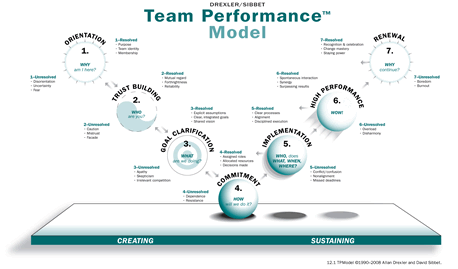
Something else I’ve been observing and thinking about is the developmental stages of “consciousness” in groups and how we might account for and work with these. This is akin to Robert Kegan’s work on Constructive Developmental Theory (CBT) which outlines stages of mental complexity or “orders of mind.” As I mentioned in a post last month , developmental theory certainly merits vigilance so as to avoid using it in an overly prescriptive way or to perpetuate power, privilege and dominant cultural perspectives. And I personally have found that it can provide insights and possibilities when held lightly.
In all too abbreviated form – Kegan posits five stages of cognitive development (see above) ranging from “impulsive” to “instrumental” to “socialized” to “self-authoring” to “self-transforming,” with the last three being characteristic of adults. The idea is not that one stage is necessarily better than the next, but that each is suited to certain ways of engaging with the world. The further one goes, generally speaking, the more prepared the mind is for holding greater degrees of complexity, including different and/or competing world views. The developmental trajectory in Kegan’s model is in the direction of wider perspective-taking and mindfulness of oneself and others. I would extend what I know of Kegan’s model into an aspiration for becoming more aware of and accountable to the larger systems of which we are a part, that is moving beyond “self-actualization” to “systems actualization” (perhaps this is 6th order). This is in the direction of what Carol Sanford calls a “regenerative paradigm.” Also the idea, at least from my perspective and experience, is not that anyone is necessarily fixed at any level, but moving dynamically between them. That’s where it gets interesting. What encourages/enables us to hold and deftly work with complexity, or not, in different instances or groups?
Speaking from my own experience, I know that in certain unfamiliar or uncomfortable situations I can get very “instrumental” (order 2) in my orientation – “Am I OK here?”, “What do I need?” – or (overly) concerned with “fitting in” (“socialized” – order 3) to the group. What can help move me beyond these concerns is getting clear on a concrete role to play/contribution to make and getting to know others in the group. This leads me to the question of how we as process designers and facilitators might better account for similar and fundamental needs as different people enter a new collaborative environment. Beyond this, I’m interested in how deeper trust-building, multi-sensory engagement, “positivity” practices, and frameworks for development can help a group or network broaden and build its capacity to collaborate for impact, to see and work for change at multiple systemic levels. Any thoughts on this front are certainly welcome!
Coming down a bit from these lofty aspirational heights, at least for now, I think it’s helpful to acknowledge that this is quite a process. And it is why we often use the refrain at IISC, “Go slow to go fast.” It all begins with those first critical steps as people learn to journey together.
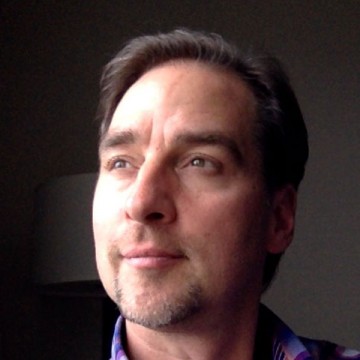
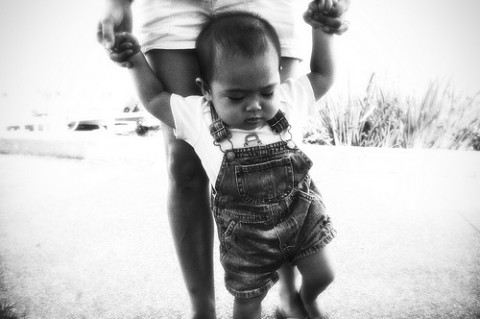
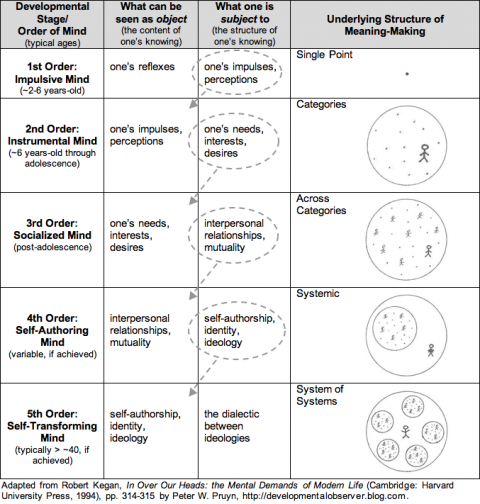
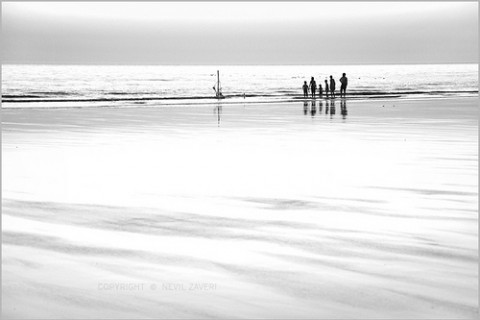
1 Comment
Elsewhere you mentioned / suggested that people would not be stuck (for a certain periodo of time) across the Kegan’s levels of complexity. If so, what is there to be developed? Also, as per Kegan’s understanding, few people will really reach stages 4 and 5. And you are talking about and 6th level. I wonder if we can help all people to work at all levels, than the world will be really interesting… and all of us understanding relationships in a more high mode.
I also use Elliott Jaque’s understanding of human capabilty to meaning and decision making. As Kegan’s, he understand that majority of people may not develop to higher levels of abstractions and meaning-making of the world. But, overtime, people mature at a higher level. The science would be if we can ‘accelerate’ these developments. I wonder how, since, as Maturana says, people are autopoietic organisms, not really instructed by outside. Well, kind of struggling subject!!!